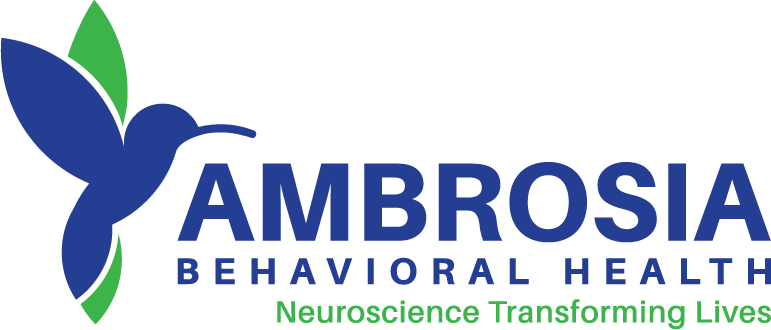September is National Suicide Awareness Month. The effort to prevent suicide is, of course, a year-round endeavor. But during this month, we place an additional focus on learning how to identify and help people who are at risk for ending their own lives. One important way to improve your suicide-prevention skills is to learn what the difference is between active and passive suicidal ideation.
What is Suicidal Ideation?
Suicidal ideation is a clinical term that means thoughts of suicide. Often, suicidal ideation is a symptom of a mental illness. Depression, anxiety, and posttraumatic stress disorder (PTSD) are examples of mental health disorders that can bring about thoughts of suicide. However, this does not mean all cases of suicidal ideation can be traced to a mental health disorder.
It would be impossible to list all the other potential reasons why a person might struggle with suicidal ideation. Some may begin to have thoughts of suicide because they’ve done something for which they feel deep shame. Others may develop suicidal ideation after losing a job, having a significant career setback, or going through a romantic breakup.
Thankfully, most cases of suicidal ideation are never acted upon. But anyone who has any thoughts about ending their life may be in crisis and could benefit from professional help.
If you have been having thoughts of suicide, or if you suspect that someone you know may be struggling with suicidal ideation, please get help immediately. In the U.S., you can call the Suicide and Crisis Lifeline by dialing 988. You can also be connected with help online.
The Difference Between Active and Passive Suicidal Ideation
The term suicidal ideation can describe a wide range of thoughts. Briefly ruminating about suicide and making a detailed plan for doing so both fall under the general definition of suicidal ideation.
To identify which types of thoughts a person has, mental health professionals use the terms active suicidal ideation and passive suicidal ideation.
- Passive suicidal ideation is typically used to describe a more general sense of dissatisfaction with one’s life that is not accompanied by any type of plan. People who have passive ideation may have thoughts such as “I wish I could fall asleep and never wake up,” or “It would be great if I could magically disappear.” They may think that the world would be a better place if they weren’t around, or that no one would miss them if they were gone. But they have not yet considered any steps for ending their life.
- Active suicidal ideation describes thoughts that are accompanied by specific plans. It can be difficult to tell if someone has active suicidal ideation, because the warning signs can be significantly different from one person to the next. Some people who have active suicidal ideation may become sullen or withdrawn, while others may appear to be more relaxed or at peace than they had previously been. They may throw away valued belongings, or they may give them to friends or family members. At the same time, they may begin to acquire drugs or other objects that they intend to use to carry out their plan.
By establishing these categories and sharing information about this difference, healthcare providers can more accurately assess a person’s risk. Also, they cn connect them to appropriate sources of help.
No Harmless Thoughts
Please note that there is no such thing as safe or harmless thoughts of suicide. Anyone who has any thoughts related to ending their own life needs to talk to someone. As previously noted, if you or someone that you care about are having thoughts of suicide, seek help at once. Contact a doctor, therapist or other professional; call 988 to reach the Suicide and Crisis Lifeline.
The Connection Between Suicidal Ideation & Substance Abuse
Experts have noted an association among suicidal ideation, suicidal behaviors, substance abuse, and addiction.
Since many people never disclose their suicidal thoughts, it can be difficult to determine how prevalent this problem is. Also, it can be difficult to determine how many of these people also struggle with substance abuse.
However, a 2020 study in the journal Addiction Science & Clinical Practice found a strong connection between addiction and suicide. This study’s findings included the following:
- The rate of alcoholism was more than 10 times higher among people who died by suicide than among the study’s control group.
- Among women who died by suicide, alcoholism was 20 times more common than among women in the control group.
- For people who were simultaneously addicted to alcohol, tobacco, and another drug, the risk of suicide was more than 30% higher than in the control group.
The authors of this study, who evaluated the records of more than 260,000 patients from eight integrated health systems, concluded that “all categories of [substance use disorders] are associated with significant risk of suicide in both men and women even after controlling for known risk factors, such as psychiatric conditions, or physical health status.”
Treatment for Suicidal Ideation and Addiction in South Florida
Neuroscience Institute is a comprehensive treatment center for adults with suicidal ideation. Our center in South Florida offers customized care at both the residential and intensive outpatient levels. If you or someone that you care about are struggling, NRI is here to help. Contact us today to learn more.




